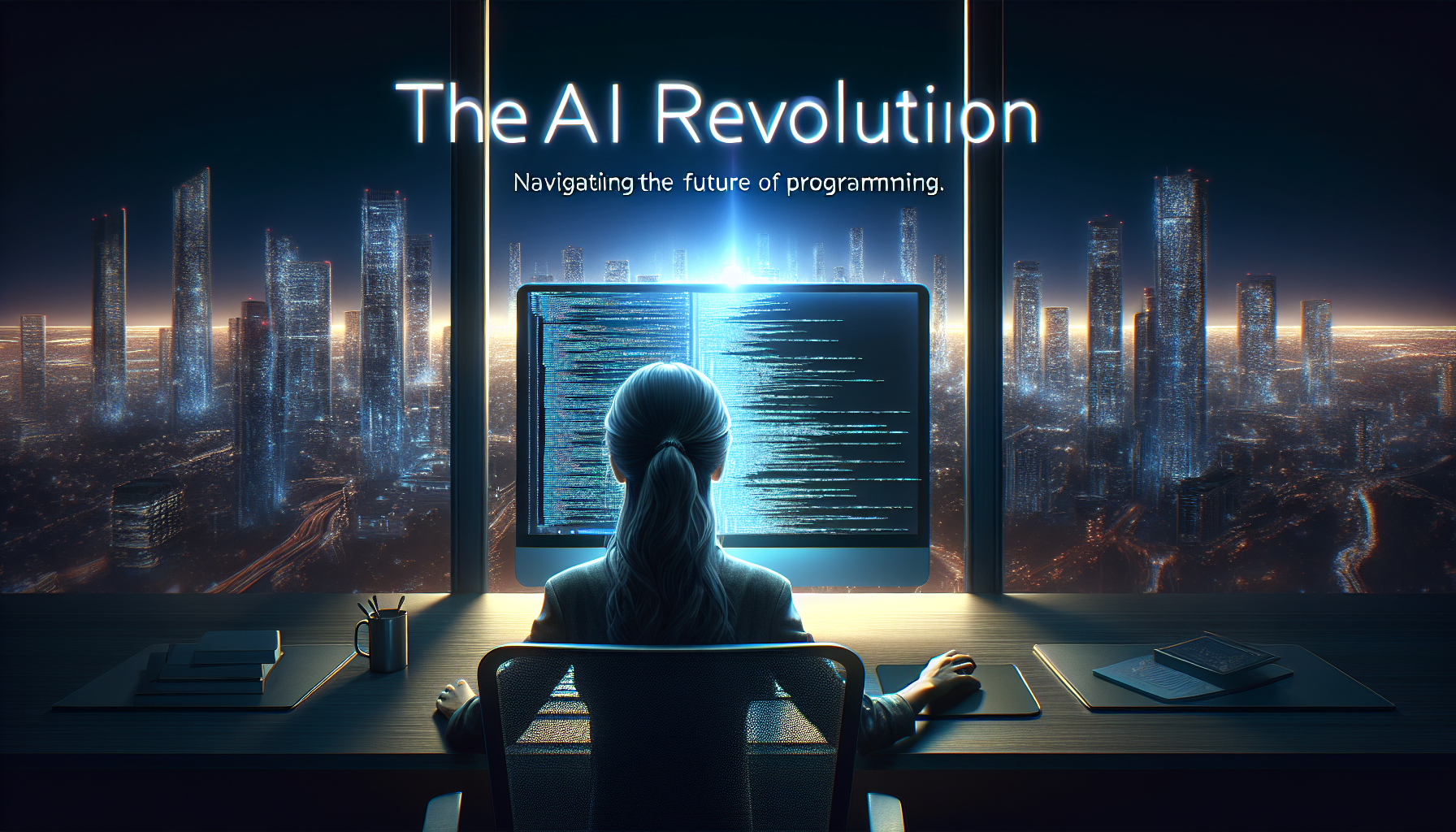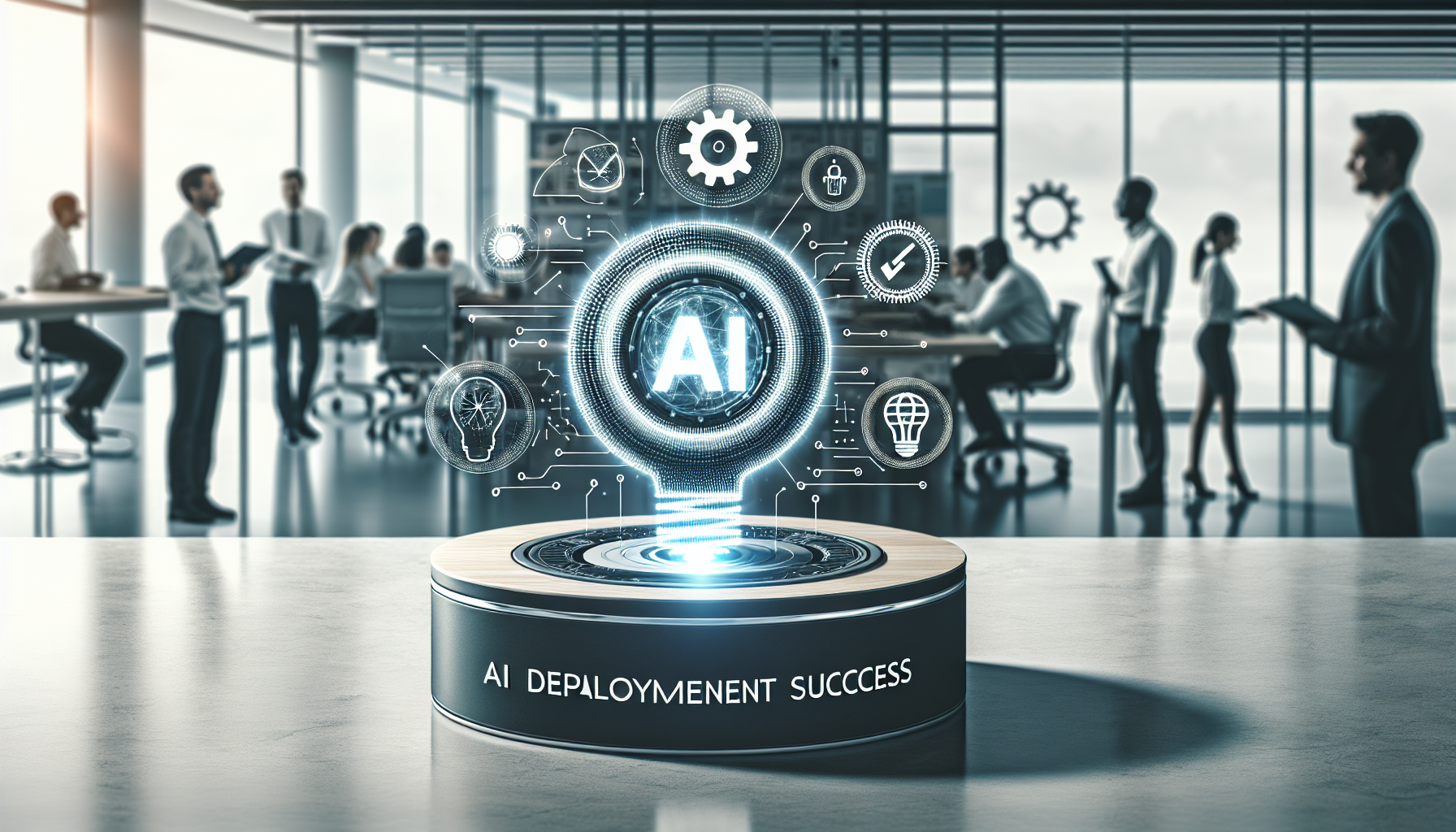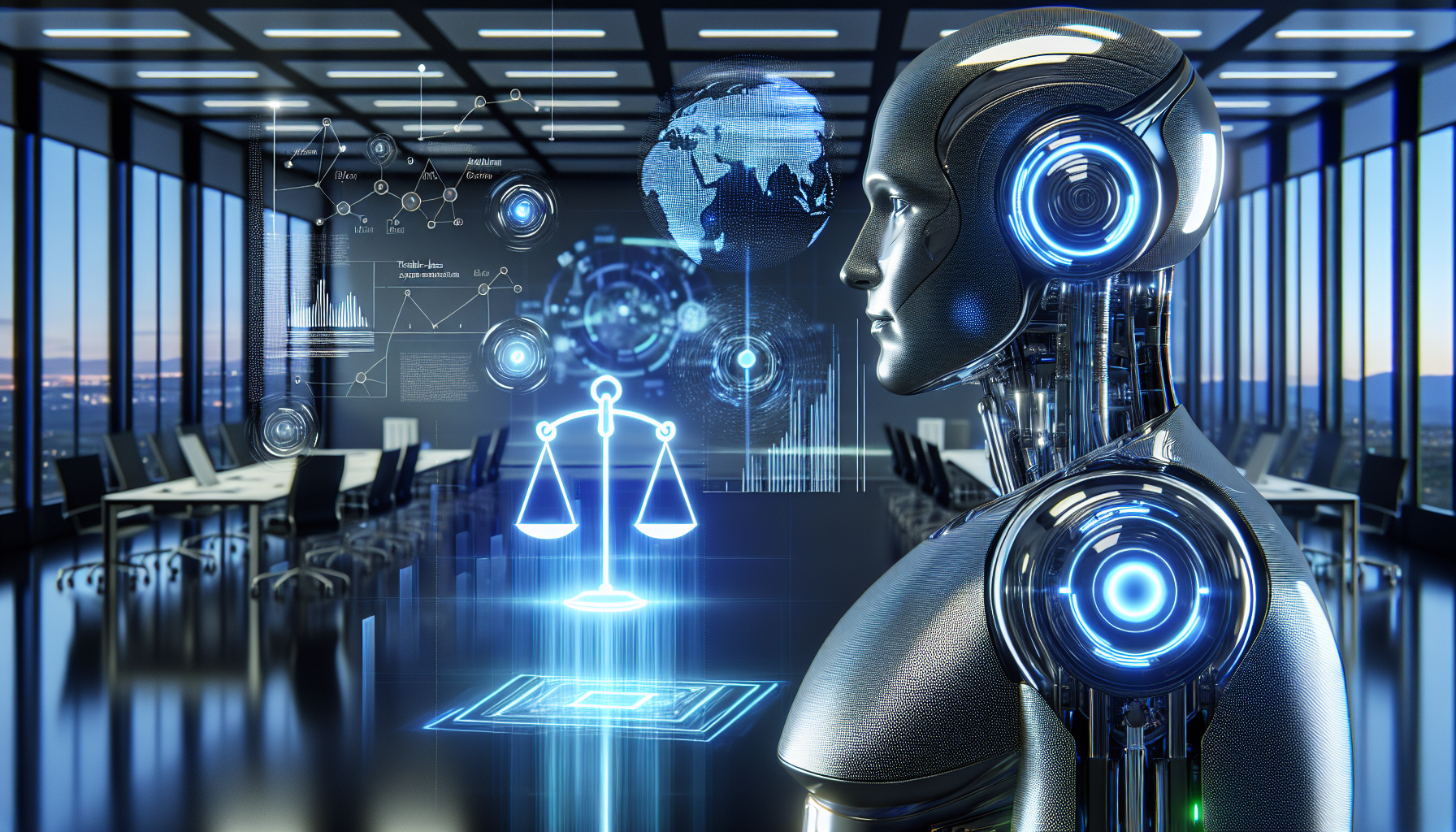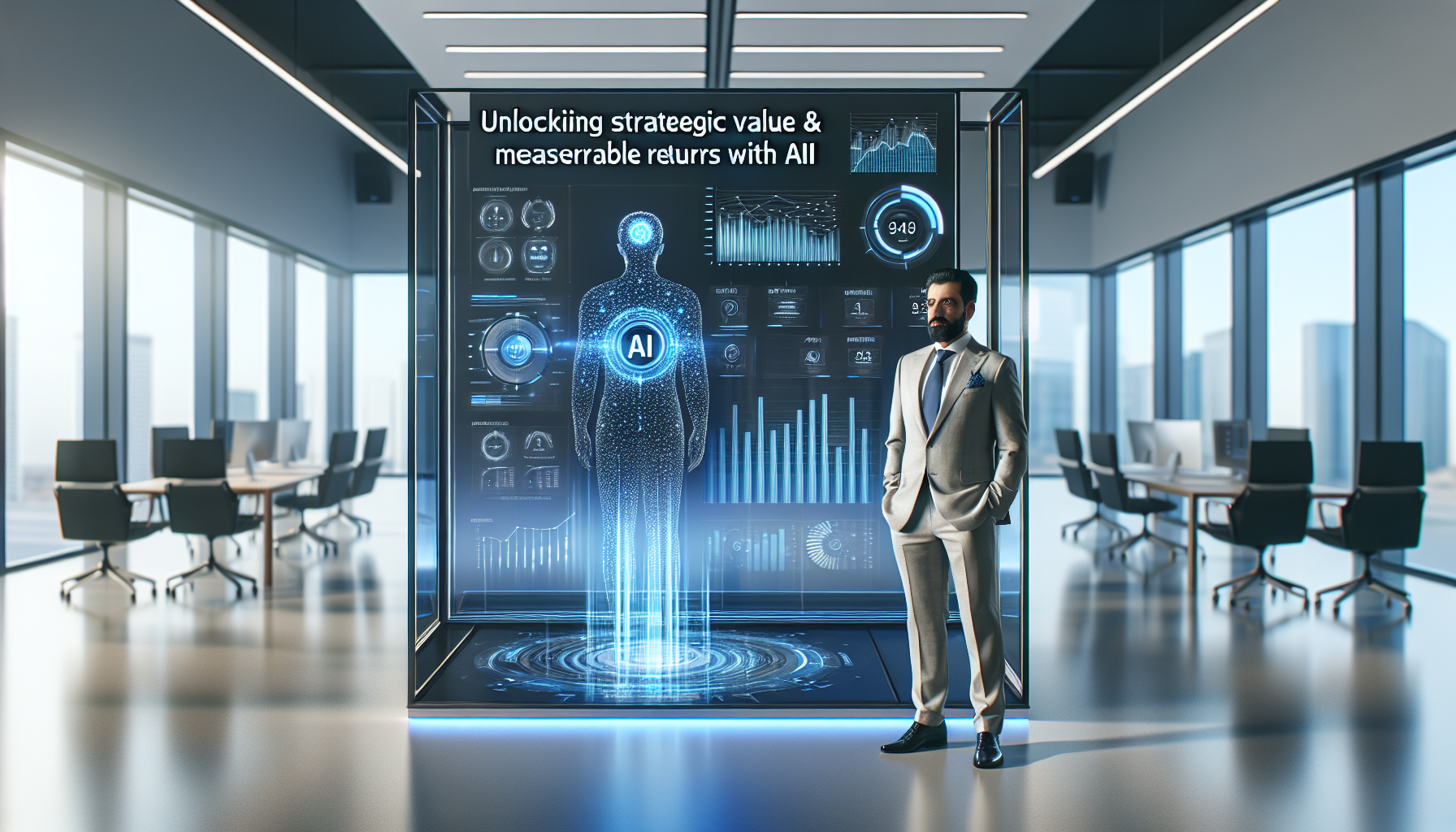**The Future of Programming in an AI-Driven World**
As we stand at the threshold of a new era in technological advancement, it’s becoming increasingly clear that artificial intelligence (AI) is no longer a mere concept, but a reality that’s transforming the way we live, work, and interact with one another. The integration of AI into various aspects of our lives has given rise to a plethora of opportunities, but it also presents a multitude of challenges that require careful consideration and planning.
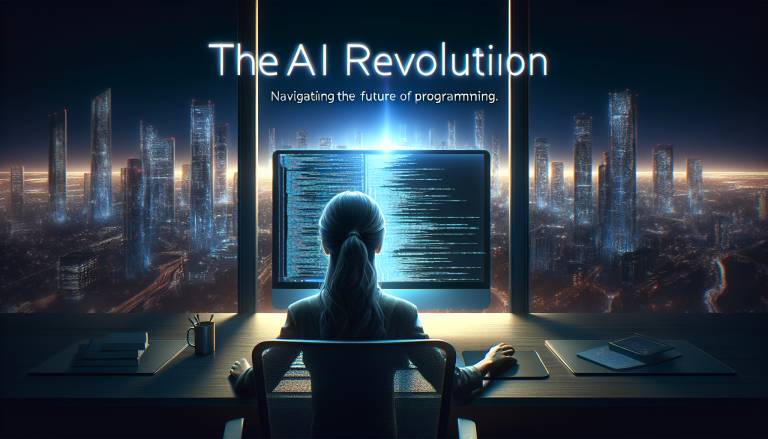
In this article, we’ll delve into the world of AI-driven systems, exploring the best practices for scalable AI development, the importance of user-friendly AI applications, and the innovations that are shaping the future of programming. Whether you’re a seasoned developer or just starting out on your AI journey, this article aims to provide you with the knowledge and insights you need to stay ahead of the curve.
**The Significance of Scalable AI Development**
Scalable AI development is crucial in today’s fast-paced, data-driven world. As AI systems become increasingly complex, they require robust infrastructure to support their growth and performance. Scalable AI development ensures that AI systems can adapt to changing demands, handle large volumes of data, and maintain their accuracy and reliability.
To achieve scalable AI development, it’s essential to follow best practices such as:
* **Modular design**: Break down complex AI systems into smaller, modular components that can be easily integrated and maintained.
* **Cloud-based infrastructure**: Leverage cloud-based services to provide scalable, on-demand computing resources and storage.
* **Containerization**: Use containerization techniques to package and deploy AI applications efficiently, reducing deployment time and increasing reliability.
**Building User-Friendly AI Applications**
User-friendly AI applications are critical in today’s digital landscape. AI-powered systems can revolutionize industries such as healthcare, finance, and education, but they must be designed with the user experience in mind.
To build user-friendly AI applications, consider the following best practices:
* **User-centered design**: Involve users in the design process to ensure that AI applications meet their needs and expectations.
* **Intuitive interfaces**: Design intuitive interfaces that simplify complex AI concepts and make them accessible to a wide range of users.
* **Feedback mechanisms**: Implement feedback mechanisms that allow users to provide input and adjust AI applications to their preferences.
**Innovations in AI Algorithms and System Design**
The field of AI is rapidly evolving, with new algorithms and system designs emerging all the time. Some of the most significant innovations in AI algorithms and system design include:
* **Deep learning**: Deep learning techniques have revolutionized the field of AI, enabling machines to learn complex patterns and relationships in data.
* **Reinforcement learning**: Reinforcement learning allows AI systems to learn from trial and error, adapting to changing environments and improving their performance over time.
* **Explainable AI**: Explainable AI techniques provide insights into AI decision-making processes, enabling users to understand and trust AI applications.
**Debugging Tips for Complex AI Models**
Debugging complex AI models can be a daunting task, but there are several strategies that can help. Some of the most effective debugging techniques include:
* **Logging and monitoring**: Implement logging and monitoring tools to track AI system performance and identify potential issues.
* **Error analysis**: Analyze errors and exceptions to identify patterns and trends that can inform debugging efforts.
* **Collaborative debugging**: Collaborate with other developers and experts to share knowledge and expertise, accelerating the debugging process.
**The Future of Programming in an AI-Driven World**
As AI continues to transform the world of programming, it’s essential to stay ahead of the curve. The future of programming in an AI-driven world will be shaped by innovations such as:
* **Edge AI**: Edge AI enables AI applications to run on edge devices, reducing latency and improving real-time decision-making.
* **Autonomous systems**: Autonomous systems will revolutionize industries such as transportation and healthcare, enabling machines to make decisions without human intervention.
* **Human-AI collaboration**: Human-AI collaboration will become increasingly important, enabling humans and machines to work together to achieve complex goals.
In conclusion, the future of programming in an AI-driven world is exciting and rapidly evolving. By following best practices for scalable AI development, building user-friendly AI applications, and staying up-to-date with the latest innovations in AI algorithms and system design, developers can unlock the full potential of AI and create systems that truly transform the world.
**Table 1: Best Practices for Scalable AI Development**
| Best Practice | Description |
| — | — |
| Modular design | Break down complex AI systems into smaller, modular components. |
| Cloud-based infrastructure | Leverage cloud-based services to provide scalable, on-demand computing resources and storage. |
| Containerization | Use containerization techniques to package and deploy AI applications efficiently. |
**Table 2: Key Characteristics of User-Friendly AI Applications**
| Characteristic | Description |
| — | — |
| User-centered design | Involve users in the design process to ensure that AI applications meet their needs and expectations. |
| Intuitive interfaces | Design intuitive interfaces that simplify complex AI concepts and make them accessible to a wide range of users. |
| Feedback mechanisms | Implement feedback mechanisms that allow users to provide input and adjust AI applications to their preferences. |
**Table 3: Innovations in AI Algorithms and System Design**
| Innovation | Description |
| — | — |
| Deep learning | Enables machines to learn complex patterns and relationships in data. |
| Reinforcement learning | Allows AI systems to learn from trial and error, adapting to changing environments and improving their performance over time. |
| Explainable AI | Provides insights into AI decision-making processes, enabling users to understand and trust AI applications. |
